Will Alsop: it is necessary to design with high quality, in good faith and within the context of your epoch
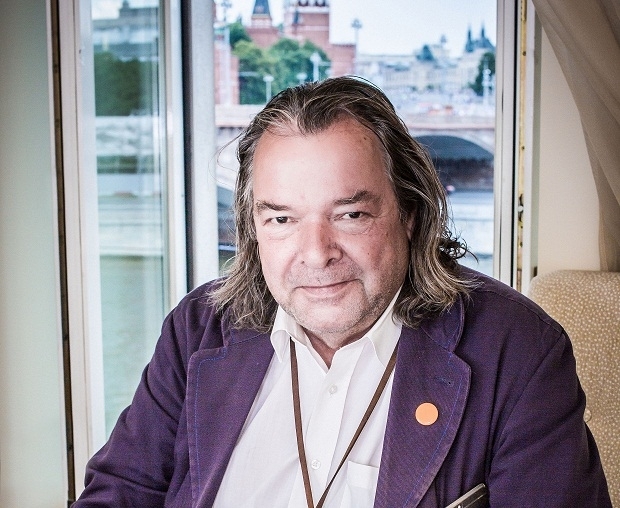
In the beginning of July Moscow was visited by one of the most famous British architects Will Alsop. The architect with at times radical, but always very individual approach to what he designs, Alsop told ArchCouncil what he thinks of the ‘loyal’ urban environment, design standards and competition in the profession.
You came to Moscow after a long break. We are sitting with you at Balchug Hotel, with a splendid view of the centre from the window. Has the city, in your opinion, changed?
Yes, I haven’t been here for over four years, and during this time the city has, indeed, already changed. And these changes are positive. The economy is growing, new opportunities are being created, and the cities are making good use of them. Moscow, at least in the centre, has become a city that is more human scale and friendlier towards the individual. This is a significant achievement! But in the 1990s, when I came here for the first time, it was a real nightmare! Some kind of crazy extensive construction, which had nothing in common with architecture and any creative approach towards the spaces solution. Something similar I have observed in China, where I have worked quite a lot during recent years. And like in China, in Russia, at least in Moscow, everything has suddenly started to change overnight for the better…
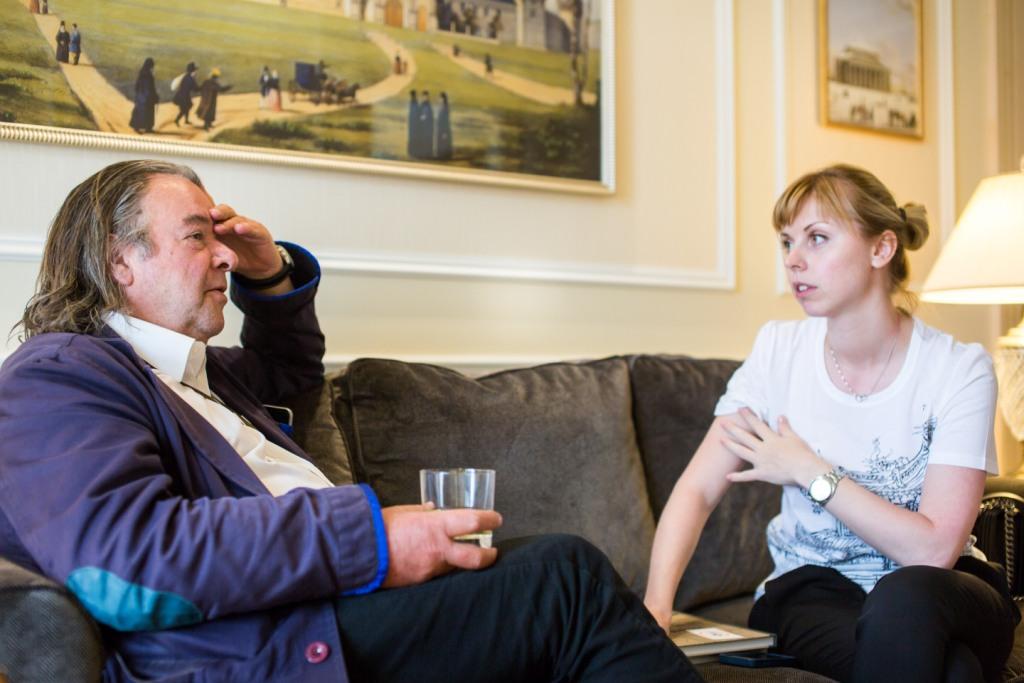
This morning, for example, I was in renovated Electrotheatre Stanislavsky, my friend Oleg Shapiro did it. A great project! And I think ten years ago it would have been completely impossible in Moscow. Now such things are given attention, and this cannot but gladden. Anyway, I must admit that with age I started to appreciate such small-scale but well executed projects.
.jpg)
Do you think it is really about age?
It is not necessary to talk about it with such regret! One cannot eternally dream about skyscrapers and build them! After all, all skyscrapers resemble one another like twin brothers. These are machines for making square meters, sometimes quite design-built and externally elaborated, but still – for making square meters. And marketing experts have a lot more influence on their exterior than architects and even more so the citizens themselves. All these apartments, even if they are bought, then they are in the first place an investment, people don’t really live in there, and thus don’t bring their energy into the city, becoming its part. That is why a bar or a theater is a lot closer to me, because they help to develop a metropolis and fill it with creative energy, if you wish.

In the centre of Moscow itself, besides, will soon appear a large and very important for us public space – Zaryadye Park. Close to the Kremlin. Have you heard about it?
I recall something. An open design competition for a site close to the Kremlin and a flow of questionable projects, is it?
Yes, the unfortunate first competition… But the second attempt, initiated by Chief Architect of Moscow Sergey Kuznetsov, became successful: the international call for tenders was held with participation of the best worldwide teams. Whatsoever, to built a park on the most expensive land in the city – is not a bad idea, what do you think?
It must have been such a political decision, I imagine? For politicians it is always easier to build a park. This is not as difficult as some cultural facility and, in the meantime, it is addressed directly to people. And what will be in the park?
.jpg)
Four climate zones, a philharmonic hall...
Ah, well, not bad. And a museum would not go amiss.
Actually, there is an undergoing discussion about it now…
You’re thinking in the right direction! Because a simple park – is a good thing, but it should have something to attract people. Anyway, I wouldn’t say that Moscow is deprived of greenery or public spaces. There are quite a lot of public gardens in the centre and cozy places where you can take a walk or just sit, relax. How this new park will differentiate from them? With its scale? Proximity to the river? And how, by the way, will be solved the issue with the embankment, where cars are driving quite intensely now?
.jpg)
The park and the embankment with its water buses quay side will be directly linked, it was initially written in the competition documentation. And the traffic flow will be reduced...
Then I am calm! I just know a city that resembles Moscow – Toronto, where there are also embankments (not rivers, but lakes, but this is not the point), which the authorities are now actively developing. But alongside the embankment was once built an automobile road – not a highway but quite a large street, where cars are constantly circulating. And until this road was not tamed by significantly decreasing the traffic flow and making pedestrian crosswalks accessible and safe, people did not seek to go the embankments, even if they had been landscaped in accordance with the latest fashion.
And another important thing. In Toronto the climate is again equally awful: summer can be very hot, and it is bloody cold in winter. That is why the crucial issue is: what actually people should do on the embankments in winter? Positively, some spaces are necessary, where they could warm up and recover from the cold. Alcohol really suits well, but there are also children, and while adults are drinking, children should be also occupied with something. In other words, some compact multifunctional clusters on the embankments are necessary, which would protect from the weather. We, incidentally, are at the moment trying to create something similar precisely in Toronto, which would make walks on the embankment in winter more comfortable and, ultimately, possible.
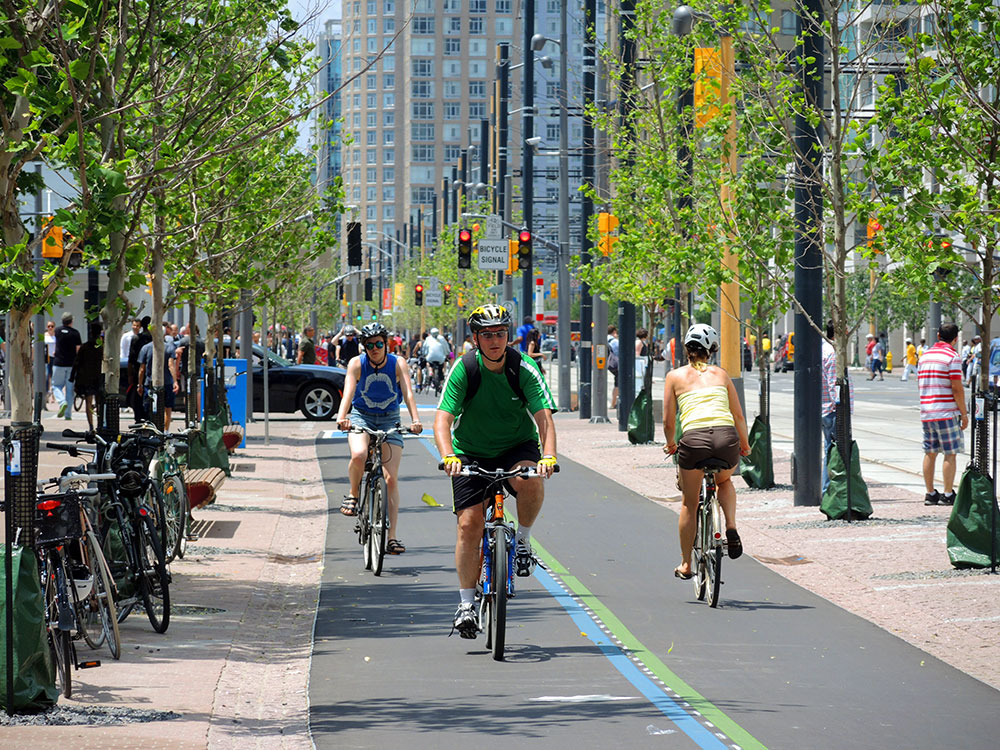
Parks, embankments – all this is, of course, a public benefit. But what do you think about the public opinion, do you somehow interact with ‘users’ in the process of working on a project?
Yes, in principle, it is a good way to improve the project. Of course, a lot depends on the project itself, its function and status, but if it is presumed that a facility will be used by a lot of citizens, so why not asking, what they really want. The only thing is that in work with public opinion its rather specific nature should be taken into account: it is rarely consistent; therefore asking once or twice is not enough. If you decide to work with people – be so kind to work for real, interacting with them patiently and for a long time. Do not hesitate to precise, do not be tired of listening, and, of course, constantly interpret and ‘translate’ public wishes into the language of architecture. It sounds easy in words, but in fact it is hard work! But at the initial stages, when, for example, the functional program is still formed, the opinion of people is very important. And I always thank them a lot for their readiness to cooperate – they do all the dirty work, and I get paid for it. Isn’t that fantastic? It seems to me that my most successful projects worked out due to the dialogue with the public. For example, reconstruction of the Bradford city centre.
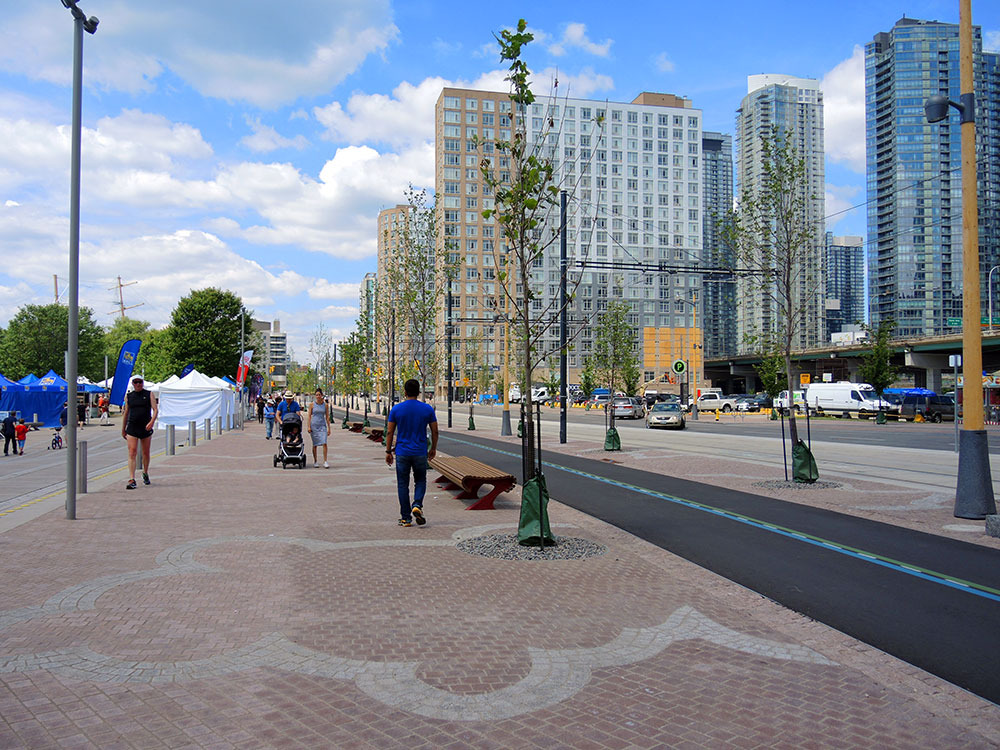
— In one of your interviews you once said that you love people and you hope that it is visible. What is required to design the ‘loyal’ urban environment?
— This is a very complicated issue! You know, I am not sure that an answer to it exists at all. Perhaps all I can say is that I was really lucky to build a several buildings, which were loved by people and became the local attractions. Take Sharp Center in Toronto or Peckham Library in South London.... But what in them exactly attracts people? Ask me, and I must admit that I do not know the exact answer to this question. Architecture – is not quite a rational science, and designing one or another building for one or another location, you are often acting purely at an intuitive, emotional level. And to what extent your intuition turned out to be right, will be clear only in the process of safe operation of the building (well, of course, if the project undergoes all approvals and survives to the development). If people do not avoid it, if it excites curiosity and makes them come inside, if they ask who built it – yes, this is success. This is happiness for an architect. And, you know, returning to your previous question: yes, the chance for success is higher, if you from the very beginning work on the project with its future users. Commercial architects, stamping square meters, have in this respect really low chances.
.jpg)
And what do you think about construction in a historic city and coexistence of monuments and ultra-modern buildings?
And what is the problem? Yes, we appreciate buildings, constructed in the XIXth century, but who said that the XXIst century shall not leave after it a several significant constructions? There are no universal recommendations on the subject and, I think, there cannot be. In Moscow, as well as in other cities, there are enough examples, when contemporary architects tried to treat with respect historic buildings and mimic them, devaluing their work and ultimately the monuments themselves. In my opinion, it is a mere waste of time!
.jpg)
In the centre of Moscow, by the way, there are also examples of top-quality modern buildings. But also there is a huge fund of mass panel housing that defines the nature of entire districts. Now we are trying to improve design regulations, diversify facades of the houses…
Regulations never benefit projects! Understand that while the lower acceptable limit of the living space meterage per individual, nobody will do more. Especially in the segment of mass housing! In my opinion these parameters should be artificially increased. And then, why make all facades different? Just make them top-quality! Invite for this task a talented architect and trust his intuition and craftsmanship! You know, all regulations and rules make me concerned that they seem to say: by following us, everyone can build a decent house. And this is not the case! I will repeat, invite a talented architect. If they are only ten in Moscow that means the ten shall do it. In fact, you don’t need more!
Ten bureaus... And what about architectural design competitions and new names?
Oh, these competitions, you should know where to draw the line in everything! Because everyone seems to be mad about them recently. Well, really in England you can get a commission only through a competition, and hundreds of young bureaus are occupied only by participating in competitions. They spend their entire life in it. Sometimes it is better to give a one direct commission and let a person show himself. It seems to me, such system shall at least exist in tandem with competitions. Don’t get me wrong, I don’t protect corruption, or, I don’t know, a clan system but if in the generation of 60 year old architects everybody will pick at least one young protégé, this would be no less useful than all these competitions taken altogether.

And yet it would be great if you would agree to someday participate in our Moscow competitions, for example, for the projects of new metro stations…
In such a competition I would participate with pleasure, by the way! This is a mega interesting task, and my workshop has a huge experience of working on metro facilities – we have built several stations in London and in Toronto and now we are designing several more. Moscow metro is very cool. It is beautiful, large-scale, and memorable. Yes, sometimes even too pompous. But as a foreigner, unable to read Cyrillic, I would stress another very important characteristic of your metro – every station here is different in decor, as well as in lightning, at least, in the centre, which really facilitates the orientation on the subway.
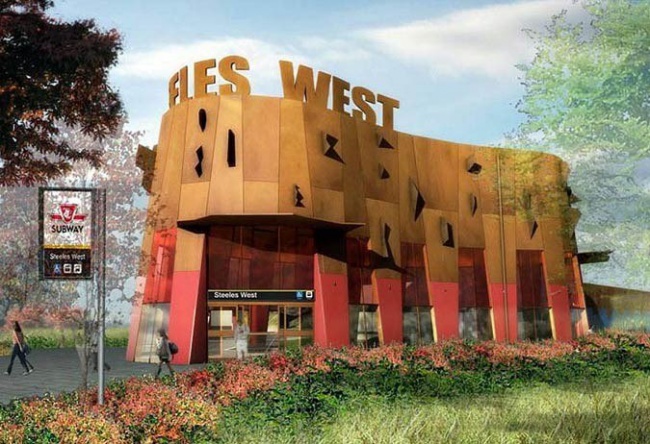
And finally I would like to know your opinion about how best to promote architecture?
It is not an easy task. Even among the architects of the past the very few are truly known. As a general rule, people know constructions, but not those who built them. It seems to me that in this sense open days work very well, when you can freely access the buildings. And, of course, there should be tour guides, capable of telling vividly and interestingly about how building functions, why it turned out to be exactly like this and who exactly designed it. Plus, we need to involve as many as possible young architects in the solution of small vital tasks on the appearance improvement of this or another city district. And, of course, politicians or stars – when they start talking about architecture, everyone listens in wide-mouthed astonishment.
- Tags:
- interview |
- competitions |
- Zaryadye park |
- Will Alsop




